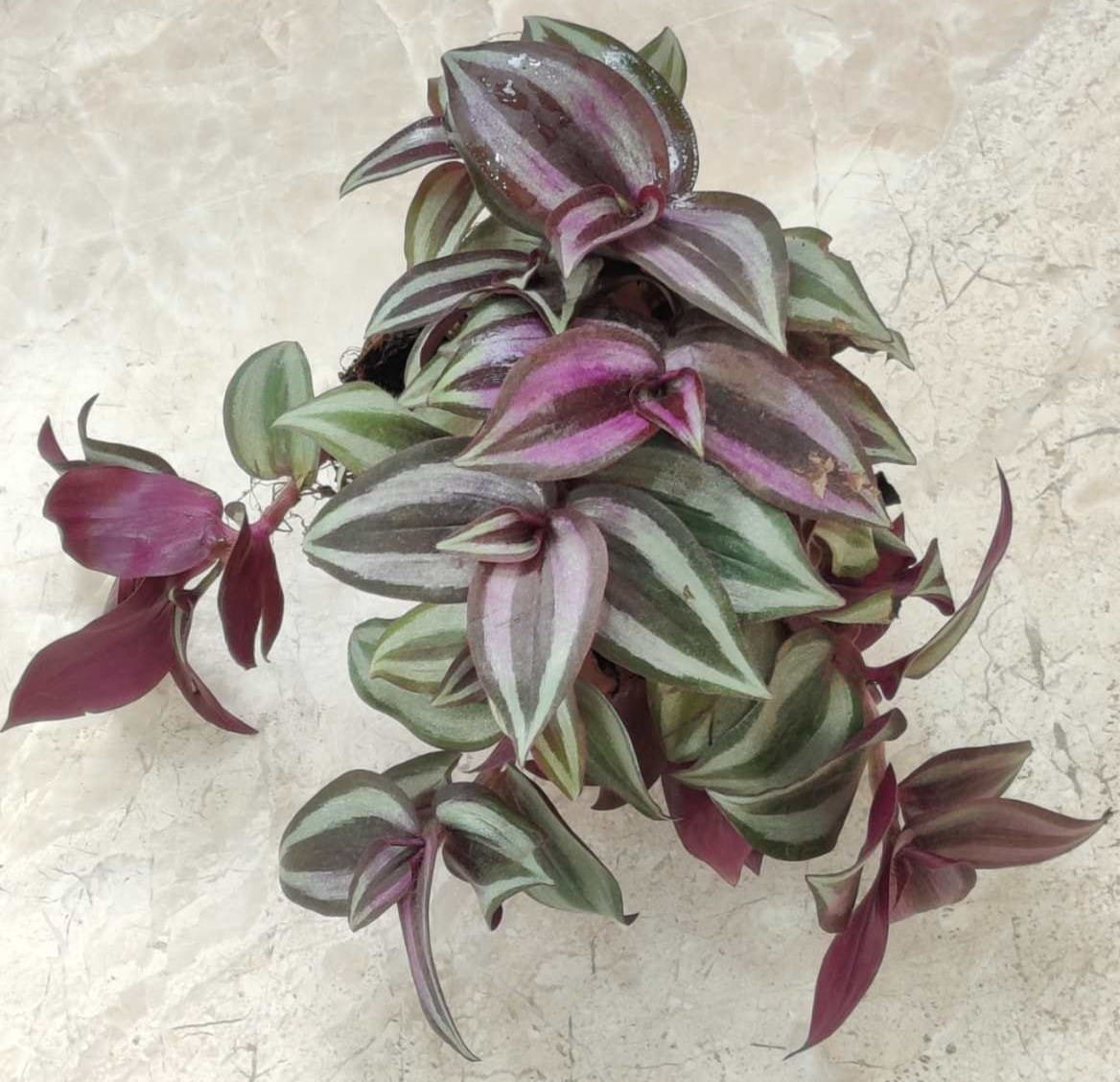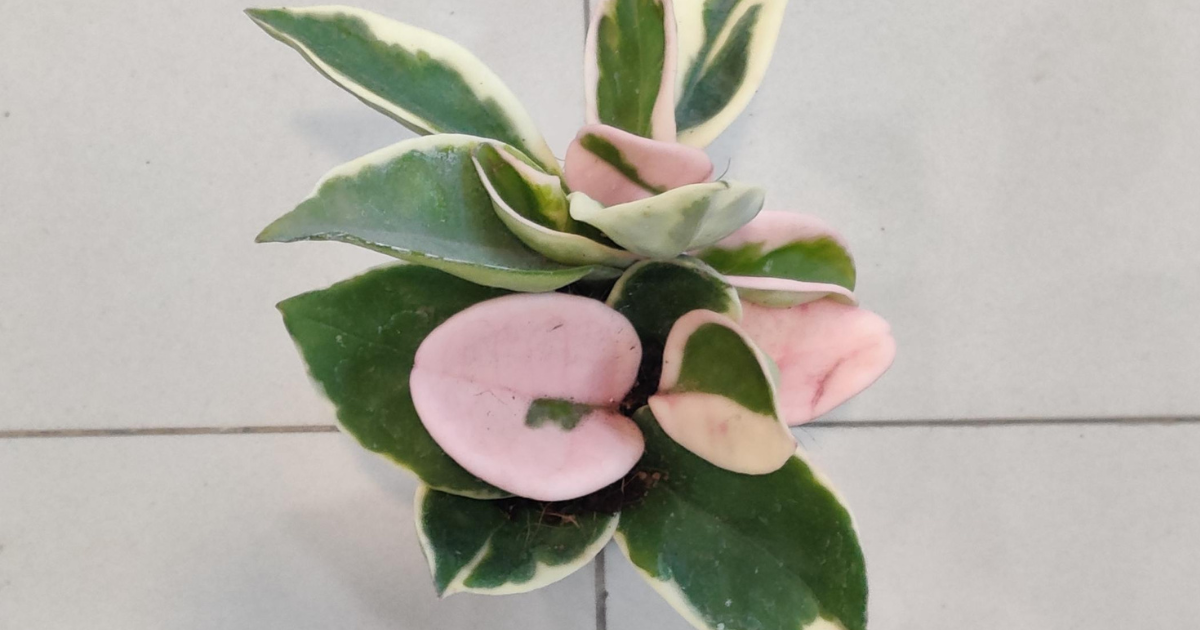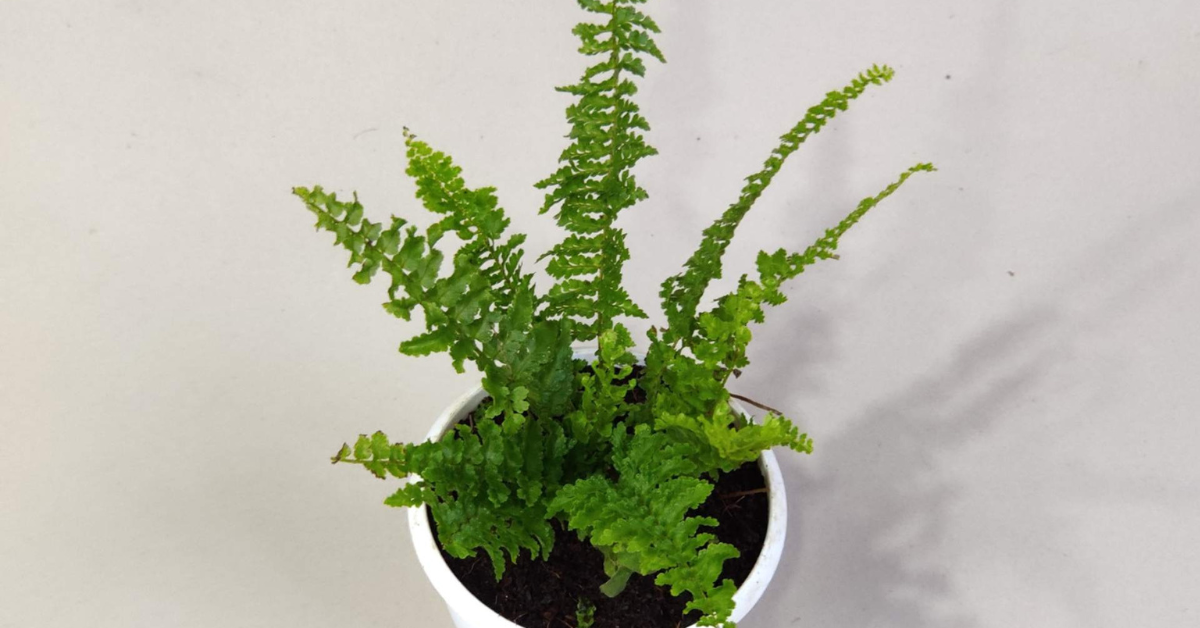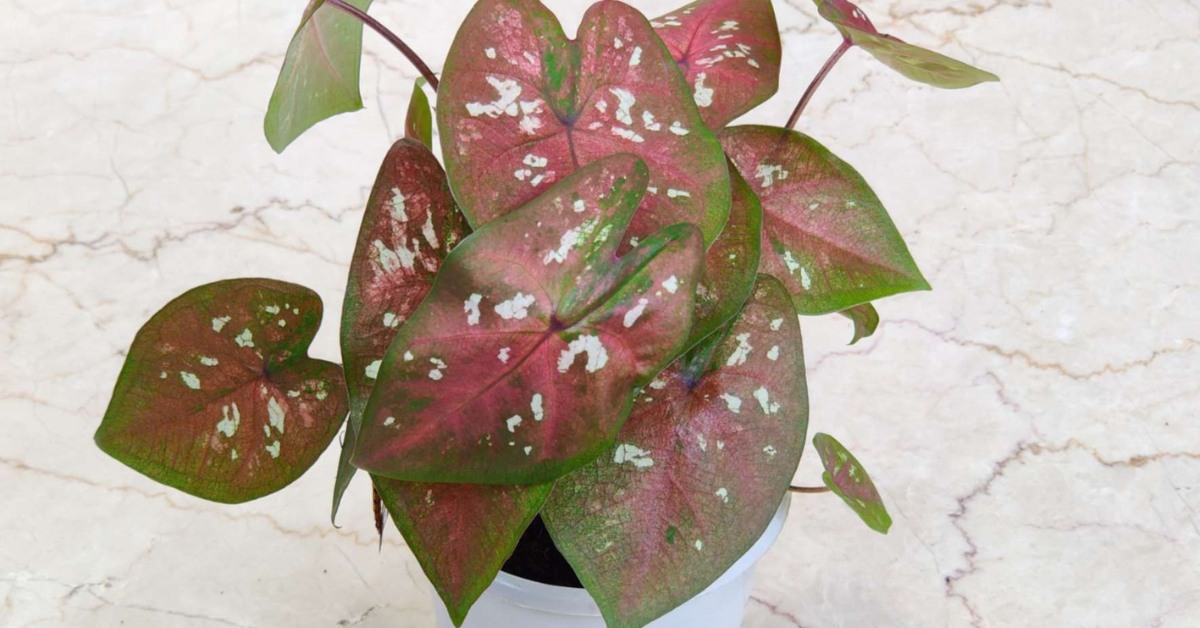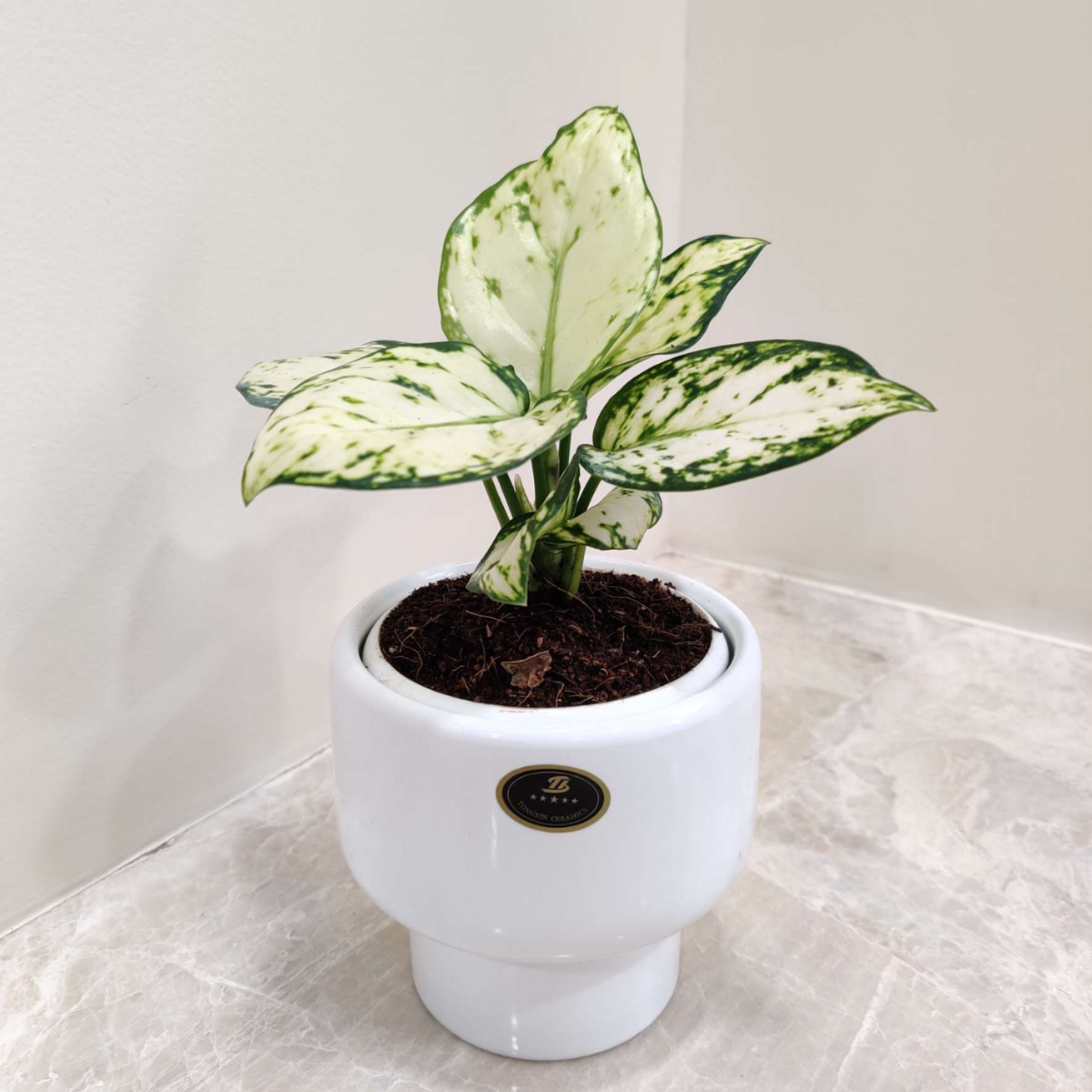Tradescantia Zebrina –The Plant That Steals the Spotlight
If you’ve ever walked into a home and noticed a trailing cascade of shimmering purple and silver leaves, chances are you’ve met the Tradescantia zebrina. Also known as Wandering Dude, Silver Inch Plant, or Zebra Plant, this fast-growing beauty is adored for its striped, jewel-toned foliage and easygoing nature.
Native to Southern Mexico and Guatemala, this plant is more than just an ornamental—it’s an indoor gardener’s dream:
- Fast to grow – You’ll see lush results in weeks.
- Easy to care for – Forgiving of a missed watering or two.
- Simple to propagate – One cutting can become an entire plant collection.
In this ultimate Tradescantia zebrina care guide, we’ll cover everything—from light requirements to propagation tips, so your plant stays healthy, colorful, and thriving year-round.
Understanding Tradescantia Zebrina
Botanical Profile
- Family: Commelinaceae (Spiderwort family)
- Type: Tender perennial (often grown as a houseplant)
- Growth Habit: Trailing/vining plant
- Foliage: Ovate leaves with green to purple tops and silver zebra-like stripes, undersides deep magenta.
- Flowers: Small, three-petaled, lavender to white blooms (rare indoors)
Benefits of Growing Tradescantia Zebrina (Wandering Dude)
The Tradescantia zebrina, also called Wandering Dude or Silver Inch Plant, isn’t just a feast for the eyes—it offers a variety of practical and wellness benefits that make it a must-have in any plant lover’s collection.
1. Natural Air Purifier
This vibrant purple and silver trailing houseplant helps clean indoor air by absorbing toxins like formaldehyde and benzene, contributing to a fresher, healthier living space. Its lush foliage not only beautifies your home but also supports better indoor air quality.
2. Low-Maintenance Beauty
Perfect for beginners, Tradescantia zebrina is an easy-care plant that thrives in bright, indirect light but can also tolerate lower light levels. It adapts to both humid bathrooms and drier living rooms, making it versatile for different indoor environments.
3. Boosts Mood & Reduces Stress
Caring for indoor plants like the Wandering Dude has been linked to reduced stress levels, improved focus, and enhanced productivity. Its fast growth and striking colors can instantly uplift any room’s atmosphere, creating a calming green escape indoors.
4. Traditional Medicinal Uses
In some cultures, Tradescantia zebrina leaves are brewed into herbal teas for their antioxidant, antibacterial, and anti-inflammatory properties. While not widely used medicinally in modern homes, its traditional role highlights the plant’s rich heritage.
5. Rapid Growth & Easy Propagation
One of the fastest-growing houseplants, Tradescantia zebrina propagation is simple and rewarding—just take a cutting and root it in water or soil. Within weeks, you can expand your collection or share with friends, making it both a decorative and sustainable choice.
6. Eco-Friendly Greenery
As a resilient plant that requires minimal resources, the Silver Inch Plant is an eco-conscious choice for indoor gardening. Its ability to thrive with basic care means less water waste and more green impact.

Light Requirements – How to Keep Tradescantia Zebrina Leaves Vibrant and Purple
Light is the key to unlocking the full beauty of your Tradescantia zebrina, also known as the Wandering Dude or Silver Inch Plant. The right lighting brings out the deep purple undersides and sharp silver stripes that make this plant so striking.
Best Light Conditions for Tradescantia Zebrina
- Indoors: Place in bright, indirect light near an east-facing or north-facing window. These spots offer plenty of illumination without harsh midday rays.
- Outdoors: Choose light shade or filtered sunlight. In hot climates, protect the plant from direct afternoon sun, which can scorch the leaves.
Light Impact on Leaf Color
- Bright indirect light → Promotes intense purple coloration and well-defined silver striping.
- Low light conditions → Leaves become more green than purple, growth turns leggy, and overall vibrancy fades.
- Too much direct sun → Colors wash out, and leaves may develop brown sunburn patches.
Pro Tip: Rotate your Tradescantia zebrina once a week to ensure even light exposure and prevent one-sided or uneven growth.
Watering Tradescantia Zebrina – Striking the Right Balance
When it comes to watering, moderation is key for a healthy Wandering Dude plant. This tropical trailing houseplant enjoys consistent moisture but doesn’t tolerate soggy roots.
Watering Guidelines
- Spring & Summer (active growth): Water when the top 1–2 inches of soil feel dry to the touch.
- Autumn & Winter (rest period): Reduce watering frequency; allow the soil to dry out more between waterings to prevent root rot.
Signs of Overwatering
- Yellowing leaves
- Soft, mushy stems
- Unpleasant, musty odor from soil (a sign of root rot)
Signs of Underwatering
- Crispy, brown leaf tips
- Dull, faded foliage color
- Slower growth or dropping leaves
Watering Tip: Use room-temperature water and water thoroughly until excess drains from the bottom. Empty saucers promptly to avoid waterlogged roots.
Soil & Pot Selection – The Foundation for Healthy Growth
The right soil and pot combination is crucial to keeping your Tradescantia zebrina thriving. Since it’s prone to root rot in soggy soil, proper drainage is a must.
Best Soil Mix for Tradescantia Zebrina
- 80% premium indoor potting mix – provides nutrients and moisture retention
- 20% perlite or coarse sand – improves aeration and drainage to protect roots
Choosing the Right Pot
- Always opt for a pot with a drainage hole to prevent water buildup.
- Hanging baskets, wall planters, or elevated stands work beautifully to showcase the plant’s trailing vines.
- Terracotta pots are a good choice, as they help wick away excess moisture.
Humidity & Temperature – Creating the Perfect Indoor Climate
Tradescantia zebrina naturally grows in warm, humid environments, and recreating those conditions indoors will keep it lush and colorful.
Ideal Humidity Levels
- 50–70% humidity is best for vibrant foliage.
- Benefits greatly from regular misting or placement near a humidifier.
Temperature Preferences
- Ideal Range: 18–24°C (65–75°F)
- Can tolerate slightly cooler nights but should be kept above 10°C (50°F).
Avoid:
- Drafty windows or doors
- Air conditioning vents
- Heaters that dry out the air
Humidity Tip: Place your pot on a pebble tray with water (without letting the pot sit directly in water) to naturally increase moisture around the plant.
Feeding Your Plant – Fertilizer Tips for Vibrant Growth
Like all fast-growing plants, Tradescantia zebrina benefits from regular feeding during its active growing season.
When & What to Feed
- Frequency: Every 2–3 weeks during spring and summer
- Type: Balanced liquid fertilizer (e.g., 10-10-10 or 20-20-20) diluted to half strength
- Avoid: Fertilizing in autumn and winter when growth naturally slows
Fertilizing Tips
- Over-fertilizing can cause leaf tip burn and salt buildup in soil—flush the pot with plain water every 2–3 months.
- Organic options like seaweed extract or worm castings tea can also promote healthy, bushy growth.
Pruning Tradescantia Zebrina – How to Keep It Bushy and Beautiful
Without regular pruning, the Wandering Dude can become leggy, with long bare stems and sparse leaves. Pruning encourages dense, compact growth and keeps the plant looking full.
Pruning Method
- Use clean, sharp scissors or pruning shears.
- Pinch or cut back the stem tips every few weeks.
- Remove leggy or yellowing stems to promote fresh growth.
- Replant healthy cuttings back into the same pot for a fuller look.
Pruning Benefits:
- Encourages bushier growth with more side shoots.
- Keeps vines from becoming too long or tangled.
- Provides free cuttings for easy propagation.
Pro Tip: Always prune just above a leaf node—this is where new branches will sprout.
Propagation – Turning One Plant into Many
This is where Tradescantia zebrina truly shines—it’s one of the easiest plants to propagate.
Steps to Propagate in Water
- Snip a 4–6 inch stem below a node.
- Remove lower leaves to expose the node.
- Place in a jar of water, ensuring the node is submerged.
- Roots appear within 1–2 weeks.
Steps to Propagate in Soil
- Prepare moist potting mix.
- Insert cutting directly into soil.
- Keep in bright, indirect light until established.
Common Problems & Solutions
| Problem | Cause | Solution |
|---|---|---|
| Faded leaves | Low light | Move to brighter spot |
| Yellowing leaves | Overwatering | Adjust watering schedule |
| Leggy stems | Lack of pruning/light | Prune regularly & improve lighting |
| Root rot | Poor drainage | Repot in well-draining mix |

Indoor & Outdoor Styling Ideas for Tradescantia Zebrina (Wandering Dude)
The Tradescantia zebrina, with its purple and silver-striped leaves, is one of the most versatile plants for home décor. Whether you want to create a lush indoor jungle or a vibrant outdoor display, its fast growth and trailing habit make it an instant showstopper.
1. Hanging Baskets for Cascading Effect
Show off the trailing beauty of Wandering Dude plants in hanging baskets placed near bright, indirect light. The cascading vines create a waterfall of shimmering foliage, perfect for living rooms, sunrooms, or shaded patios. Use macramé plant hangers for a bohemian touch.
2. Bookshelf Plant for Vertical Interest
Place your Tradescantia zebrina indoor plant on the top shelf and let the vines spill down for natural vertical décor. Its purple and silver foliage adds a pop of color to bookshelves, display units, or wall-mounted plant stands.
3. Underplanting for Tall Indoor Trees
Use Tradescantia zebrina as an underplanting for large indoor plants like fiddle-leaf figs, hibiscus, or palms. This creates a layered, tropical look while making the most of vertical space. The Wandering Dude’s trailing habit softens the base of taller plants and hides bare soil.
4. Seasonal Outdoor Containers in Warm Months
In warmer climates (zones 9–11) or during summer in cooler areas, plant Tradescantia zebrina in outdoor containers. Use it as a colorful spiller in mixed arrangements alongside upright tropicals like cannas, caladiums, or elephant ears. Remember to bring it indoors before the first frost.
Seasonal Care for Tradescantia Zebrina
Like most tropical houseplants, the Wandering Dude plant has different care needs depending on the time of year. Adjusting your watering, feeding, and light exposure seasonally will keep it thriving year-round.
Spring & Summer – Active Growth Phase
- Watering: Increase frequency; water when the top 1–2 inches of soil are dry.
- Fertilizer: Feed every 2–3 weeks with a balanced liquid fertilizer diluted to half strength to support rapid vine growth and vibrant leaf color.
- Pruning: Pinch back tips regularly to encourage bushy, full growth.
- Light: Ensure bright, indirect light to maximize purple coloration.
Why This Matters: During spring and summer, your Tradescantia zebrina is actively producing new leaves and extending its vines, so it needs more nutrients and consistent moisture to fuel that growth.
Autumn & Winter – Resting Period
- Watering: Reduce frequency; allow soil to dry out more between waterings.
- Fertilizer: Stop feeding to prevent weak, leggy growth.
- Humidity: Use a pebble tray or humidifier indoors to combat dry winter air.
- Light: Move closer to a bright window or supplement with grow lights if days are short.
Why This Matters: In cooler months, plant growth naturally slows, so overwatering or fertilizing can cause root rot and nutrient buildup.
Conclusion – Why Every Plant Lover Needs a Tradescantia Zebrina
With its eye-catching foliage, fast growth, and uncomplicated care, the Tradescantia zebrina is perfect for both beginners and seasoned plant enthusiasts. Whether you hang it in a sunny window or let it spill over a bookshelf, it will reward you with beauty and vitality year-round.
FAQs
1: How do I keep my Wandering Dude plant vibrant?
Provide bright indirect light, prune regularly, and feed during growing season.
2: Can Tradescantia zebrina grow in low light?
Yes, but leaves lose color and stems become leggy.
3: Is it safe for pets?
Tradescantia zebrina can cause skin irritation and mild stomach upset in pets if chewed.
4: How fast does it grow?
With good care, vines can grow over 2 feet in a single season.

Fresh Finds for Your Green Space
Explore our New Arrival Plant Collection
And bring home the latest in lush, vibrant greenery today!

